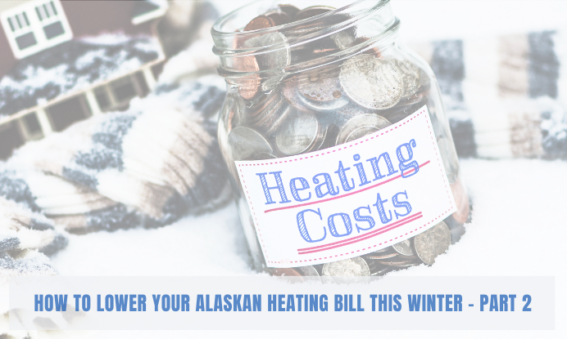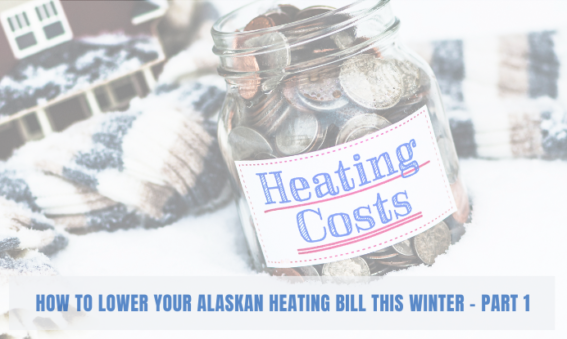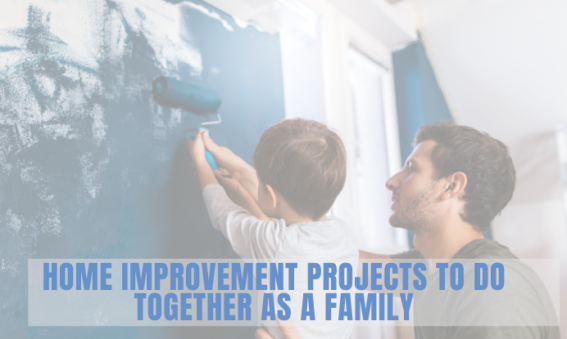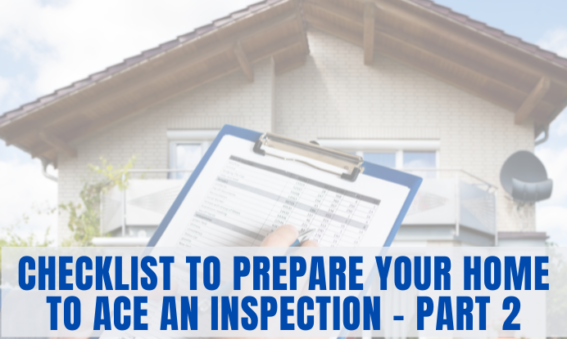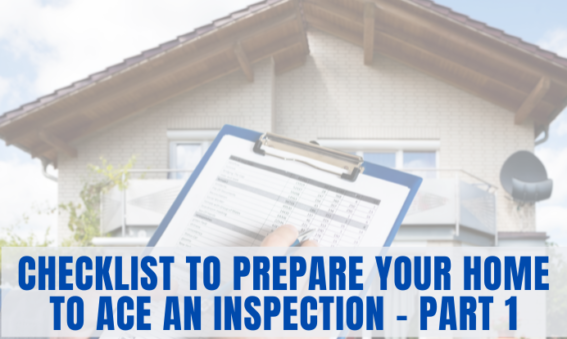Are you looking to buy a house in the Anchorage, Eagle River, Wasilla and the Mat-Su Valley? Many wonder what steps it takes to get into a house and how much house they can afford. How do we calculate what we can afford and keep ourselves financially safe?
It all starts with your mortgage rate
Your ability to afford a home starts with your mortgage rate. After they determine if you’re mortgage-worthy they price your loan. Your credit score is a huge factor in the rate you’ll get and the lower the rate the lower your payment will be.
Lenders determine if you are mortgage-worthy based on four major factors:
- Proof of steady income.
- Your payment history – Are you paying your bills on time?
- Your debt-to-income ratio
- Your financial cushion for closing costs and other expenses as well as the amount of down payment you’ve saved.
How much mortgage payment can you afford?
When you want to calculate how large of a mortgage payment you can afford you need to consider a few items:
- Your household income
- Monthly debts (car loan, student loan etc.)
- Available savings for down payment
A good rule of thumb is to have three months of payments in savings to plan for unexpected events. This will allow you to cover housing payments and monthly debts. It’s important to have a certain level of comfort in your understanding of your monthly mortgage payments. Even if your income and debts are stable, unexpected expenses and spending can impact your savings.
Understanding your debt-to-income ratio
This important ratio helps your bank to calculate how much money you can borrow. They compare your normal monthly debts such as mortgage payments and insurance to your monthly income. If you credit score is high, you can qualify for a higher ratio, but your expenses shouldn’t exceed 28% of your income. You can also determine what your housing budget should be by multiplying your income by 0.28.
How much house can you afford with an FHA or VA loan?
Loans backed by the FHA have more relaxed standards, which can be helpful if you have a lower credit score. FHA also helps if you’re considering a smaller down payment down to a minimum of 3.5%
A VA loan, when you have a military connection, doesn’t require that you have a down payment. This can be a major advantage when calculating your house affordability.
What is the 28%/36% rule?
When buying a house, you can determine how much house you can afford based on this rule. You shouldn’t spend more than 28% of your gross monthly income on home-related costs. You should spend 36% on total debts, which include your mortgage, credit cards and other loans.
How much house can I afford to spend on a house?
It’s important to take into account your monthly obligations and determine if a home is safely within your financial reach. You’ll want to consider your future goals and if you are planning to save for a baby or your retirement and need the cushion. You can figure out how much house you can afford on your salary by imputing your home price and the down payment as well as the assumed mortgage rate into a mortgage home calculator. This will help you see how much monthly or annual income you would need to purchase that home. This is a way to determine your present buying power now and plan to get where you want to be.
Buying a house can be an educational and fun process. If you have any questions about finding the right home for your family in the Anchorage, Eagle River, Wasilla, and the Mat-Su Valley we are happy to help!



